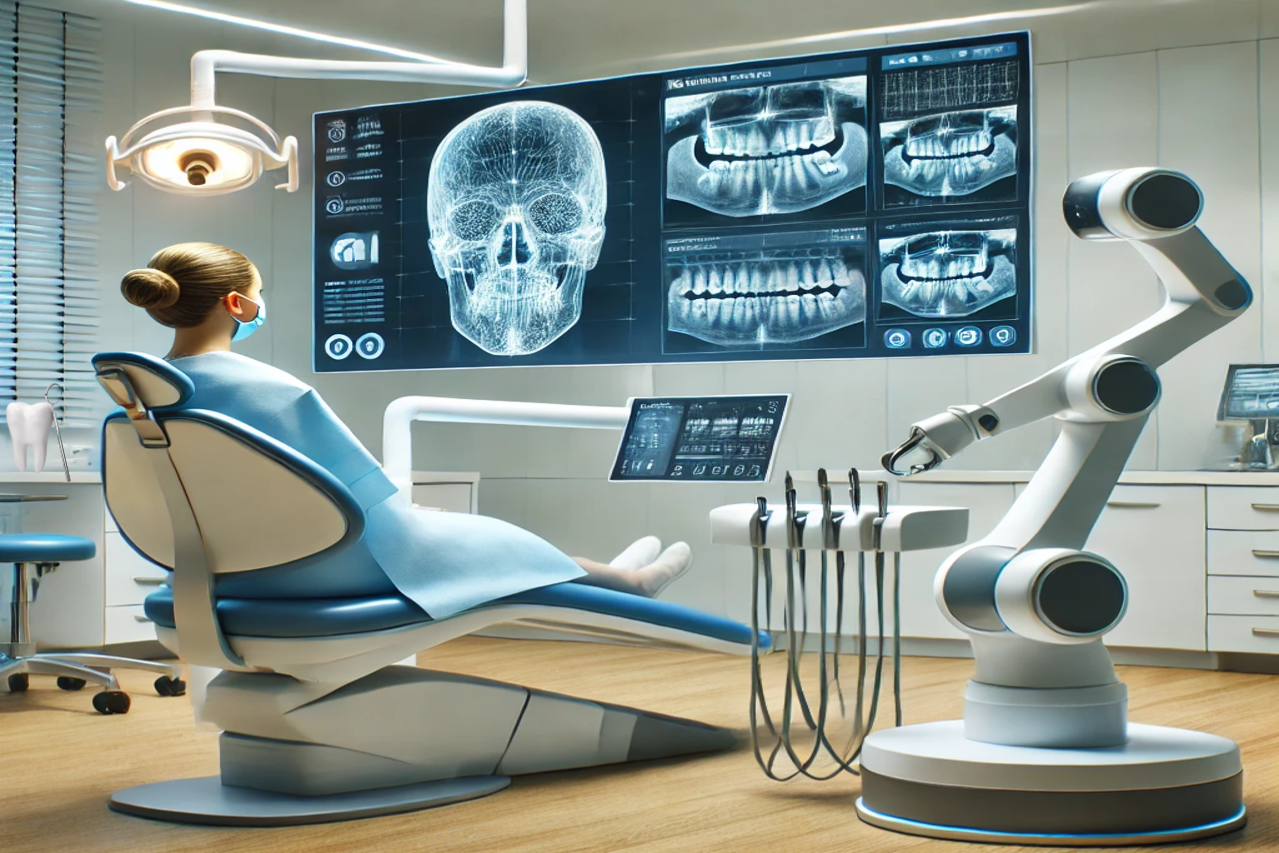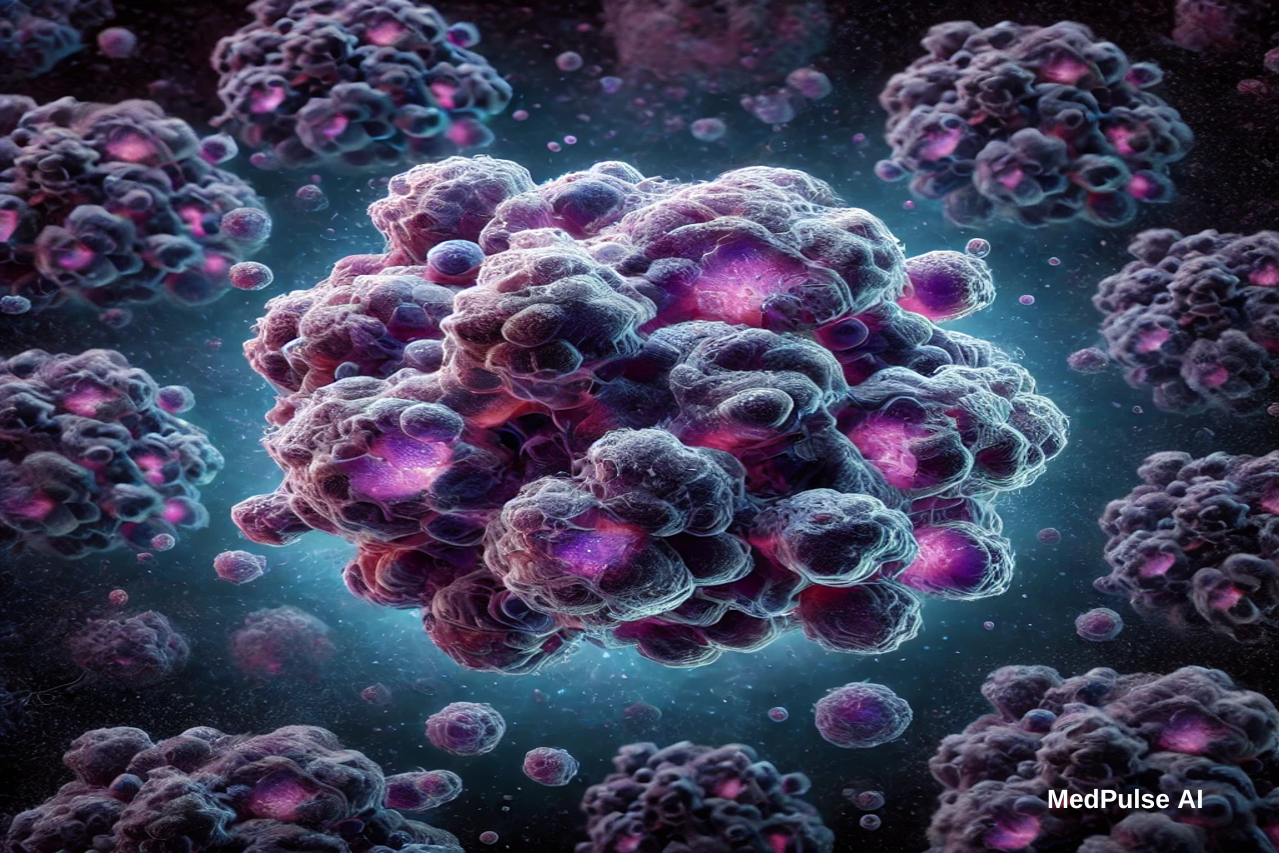Artificial Intelligence (AI) is reshaping industries at an astonishing pace, and dentistry is no exception. While you might think of dental care as traditional and hands-on, the truth is that AI is introducing tools and technologies that are transforming how dental professionals diagnose and treat patients. But what does this mean for the dentist-patient experience, and how will it impact dental specialists?
AI is poised to revolutionize how dental professionals diagnose and treat patients, with significant implications for various dental subspecialties such as oral radiology, oral pathology, and orthodontics.
AI in Dentistry: An Overview
AI in dentistry is still nascent but rapidly gaining traction due to its ability to analyze large datasets with speed and precision. One of the most prominent applications is in diagnostic imaging, where AI algorithms assist in interpreting radiographs, computed tomography (CT) scans, and other imaging modalities critical for dental diagnosis and treatment planning. Traditional methods of interpreting these images rely on human expertise, which, while effective, can be time-intensive and prone to variability.
When included in the process, dental professionals can achieve higher diagnostic accuracy and efficiency. For example, AI-powered software can detect caries, periodontal disease, and periapical lesions with greater precision than conventional methods.
A study published in the Journal of Dental Research highlighted how AI-based diagnostic systems achieved a sensitivity of over 90% in identifying early-stage cavities, surpassing many human practitioners in consistency and speed.
Impact on Oral Radiology
Enhanced Diagnostics
Oral radiology is one of the subspecialties most impacted by AI. Traditionally, radiographic interpretation required years of training and experience to identify subtle patterns indicative of diseases such as oral cancer or cysts. AI algorithms, trained on vast datasets of annotated images, can now detect abnormalities, including microcalcifications or small lesions, that might escape human detection.
For instance, a study in Radiology AI demonstrated that AI models could analyze panoramic radiographs and detect oral cancers with an accuracy comparable to that of trained radiologists. These advancements are particularly critical for early detection, which significantly improves patient outcomes.
Challenges and Implications
Despite its benefits, the rise of AI raises concerns about the future role of oral radiologists. As AI tools become more accessible and capable, general dentists may increasingly rely on them for radiographic analysis, potentially reducing the demand for specialized oral radiologists. However, experts argue that AI should be viewed as a complementary tool rather than a replacement, assisting professionals in decision-making rather than supplanting their expertise.
AI in Oral Pathology
Oral pathology, which involves diagnosing diseases through tissue and biopsy analysis, has also seen substantial advancements due to AI. Machine learning models can process histopathological images and identify patterns associated with conditions like oral cancer, periodontitis, and autoimmune disorders.
Advancements in Cancer Detection
AI’s potential in detecting oral cancer is particularly noteworthy. By analyzing histology slides, AI systems can recognize cancerous patterns with remarkable accuracy. For instance, a collaborative study between Harvard University and Google Health found that an AI model identified malignant cells in oral tissue samples with 94% sensitivity, outperforming pathologists in speed and consistency.
Integration in Clinical Practice
AI tools in oral pathology can streamline workflows, allowing general pathologists to diagnose conditions with minimal additional training. This democratization of diagnostic capabilities could improve access to care in underserved regions, where specialist pathologists are often unavailable.
The Role of Human Expertise
While AI has transformative potential, it is unlikely to render oral pathologists obsolete. Human oversight remains critical, especially in complex cases where AI may falter due to limited data inputs or atypical presentations. The future of oral pathology will likely involve close collaboration between AI systems and human experts, optimizing the strengths of both.
AI’s Role in Orthodontics
Orthodontics, another critical field in dentistry, is undergoing significant transformation through AI. By analyzing facial and dental images, AI algorithms can generate personalized treatment plans, predict outcomes, and monitor progress with minimal manual intervention.
Applications in Treatment Planning
AI-powered tools such as Invisalign’s ClinCheck use machine learning to simulate tooth movements and optimize aligner designs. These systems enhance efficiency, enabling orthodontists to focus on patient care rather than labor-intensive planning. Furthermore, AI models can predict treatment duration with greater accuracy, improving patient satisfaction.
Future Implications
As AI becomes more sophisticated, general dentists may increasingly use these tools to offer orthodontic services, potentially reducing the demand for orthodontists. However, orthodontic specialists argue that the human touch and nuanced understanding of complex cases will always be indispensable.
AI and Patient Care
AI’s impact on patient care extends beyond diagnostics and treatment planning. By integrating AI into everyday dental practice, clinicians can offer more personalized and proactive care. For instance:
- Predictive Analytics: AI can analyze patient data to predict the likelihood of conditions such as periodontal disease or oral cancer, enabling preventive interventions.
- Virtual Assistants: Chatbots powered by natural language processing can answer patient queries, schedule appointments, and provide post-treatment guidance, improving patient engagement.
- Tele-dentistry: AI facilitates remote consultations by analyzing images uploaded by patients and providing preliminary diagnoses.

A recent pilot program in the UK demonstrated that AI-assisted tele-dentistry reduced wait times by 30% and improved patient satisfaction scores by 25%, showcasing the technology’s potential to enhance accessibility and efficiency.
AI in Dental Education: Preparing the Next Generation of Dentists
Integrating artificial intelligence (AI) into dental education is becoming increasingly important as the field of dentistry evolves with advanced technologies. By incorporating AI training into dental curricula, educators can prepare students to work seamlessly with emerging technologies, fostering adaptability and innovation in their practices.
This is particularly crucial as AI applications in diagnostics, such as detecting oral cancers and analyzing radiographs, become more prevalent. A study published in the Journal of Dental Education highlights that teaching AI concepts early in dental education can significantly improve students’ readiness to use AI tools effectively, ensuring they are well-prepared for a technology-driven future.
AI in dental education is not just theoretical—it is already happening in various institutions worldwide. For example, universities such as the University of California, San Francisco (UCSF) and the King’s College London Dental Institute are integrating AI modules into their programs.
These modules include hands-on training in AI-powered imaging tools, predictive analytics, and machine learning applications for personalized patient care. Simulations and virtual reality platforms enhanced by AI are also being used to provide students with realistic, risk-free practice environments for complex procedures.
According to a report by Nature Reviews Dentistry, these initiatives equip students with the technical and critical thinking skills needed to harness AI effectively, bridging the gap between traditional methods and future innovations in dentistry.
Ethical Considerations and Challenges
While AI offers numerous benefits, its integration into dentistry is not without challenges:
- Data Privacy: AI systems require access to vast amounts of patient data, raising concerns about security and compliance with regulations like GDPR and HIPAA.
- Bias in Algorithms: If training datasets lack diversity, AI models may exhibit biases, leading to disparities in care.
- Cost and Accessibility: The high cost of AI systems may limit adoption in smaller practices, potentially exacerbating existing healthcare inequalities.
To address these challenges, it is essential for key players to focus on promoting transparency, ensuring equitable access, and establishing strong regulatory frameworks.
The Future of AI in Dentistry
AI is not just a trend—it’s here to stay. According to a report by MarketsandMarkets, the global AI in dentistry market is expected to reach $3.2 billion by 2030. This growth will likely include advancements in 3D printing, robotic surgery, and personalized care.
However, for AI to achieve its full potential, dental education must evolve. Curricula should incorporate training on AI tools, ensuring that future practitioners are equipped to leverage these technologies effectively. Additionally, interdisciplinary collaboration between dentists, data scientists, and engineers will be essential for developing innovative solutions.
Are you interested in how AI is changing healthcare? Subscribe to our newsletter, “PulsePoint,” for updates, insights, and trends on AI innovations in healthcare.




